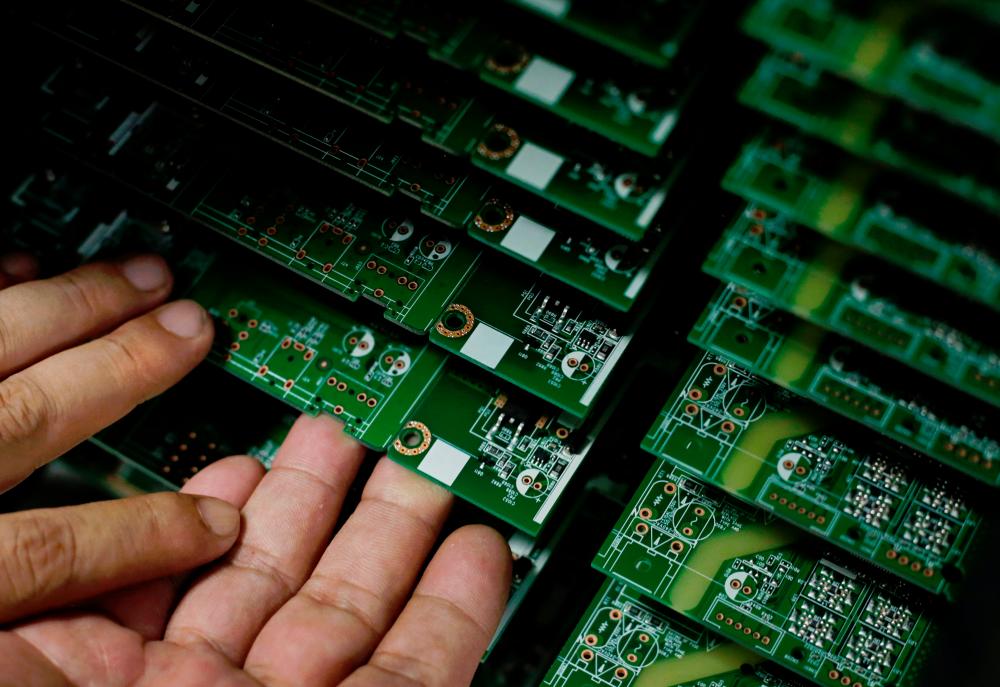BEIJING: China’s factory activity showed surprising signs of improvement in November, with growth picking up to a near three-year high, a private sector survey showed today, reinforcing upbeat government data released over the weekend.
But analysts remain concerned about deflationary risks in the sector, unconvinced that the worst is over yet for Chinese manufacturers. They say the sub-indexes of both surveys painted a picture of patchy recovery that will be difficult to sustain.
“The improvement last month was driven by different factors across the two manufacturing indices, making it hard to pinpoint the reason for the apparent uptick industrial activity,” Julian Evans-Pritchard, senior China economist, wrote in a note today.
“We doubt this marks the start of a decisive rebound in activity,” he said.
The Caixin/Markit manufacturing Purchasing Managers’ Index (PMI) index rose to 51.8 in November from 51.7 in the previous month, marking the fastest expansion since December 2016, when it was 51.9. The 50-mark separates expansion from contraction on a monthly basis. Eco-nomists polled by Reuters had expected a dip to 51.4.
The survey and a similarly strong official PMI helped push Asian shares higher today with China’s blue chips rising as much as 0.68% before paring gains.
Total new orders and factory production remained at buoyant levels in November, although they both eased slightly from record highs in the previous month, when they grew the fastest in over six years and nearly three years, respectively.
Larry Hu, chief China economist at Macquarie Group, cautioned that the improvement could be hit as many one-off tailwinds wear off, such as better sentiment on trade deal and warm weather. Business confidence slipped and companies were reluctant to replenish their inventories, worried about the uncertain outlook for demand and the prolonged China-US trade war, the survey showed.
China’s official factory activity gauge on Saturday also surprised, returning to growth for the first time in seven months as domestic demand picked up in response to stimulus measures. But gains were slight and export orders sluggish.
The official survey focuses more on heavy industry than Caixin’s, which is believed to include firms that are more export oriented. The two surveys also cover different geographical areas.
The Caixin survey showed sub-index for new export orders came in at 51, marginally below that in October, when it was the highest since February 2018.
Resilience in the sector led to a notable recovery in the labour market in the month, with companies adding workers for the first time in eight months. –Reuters














